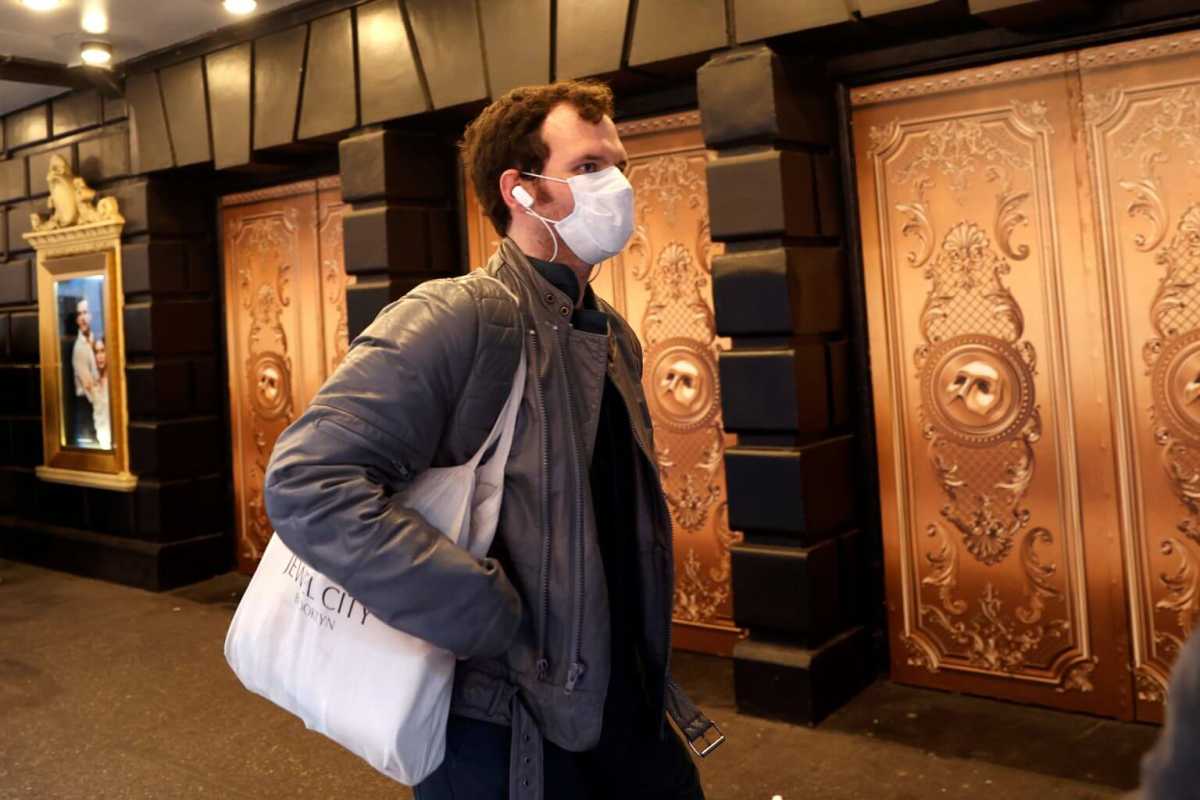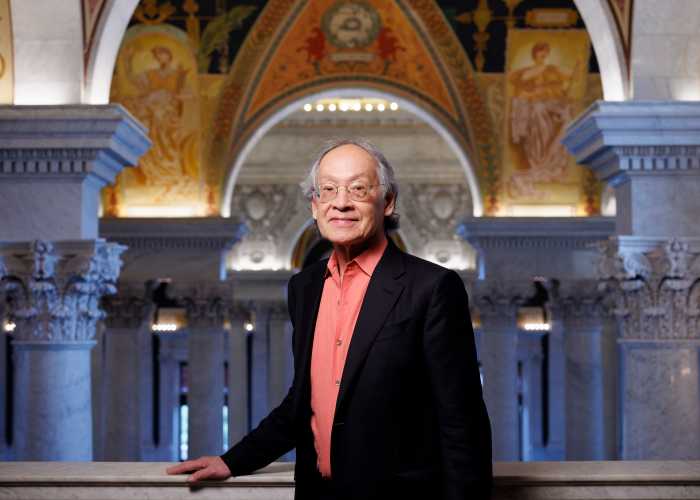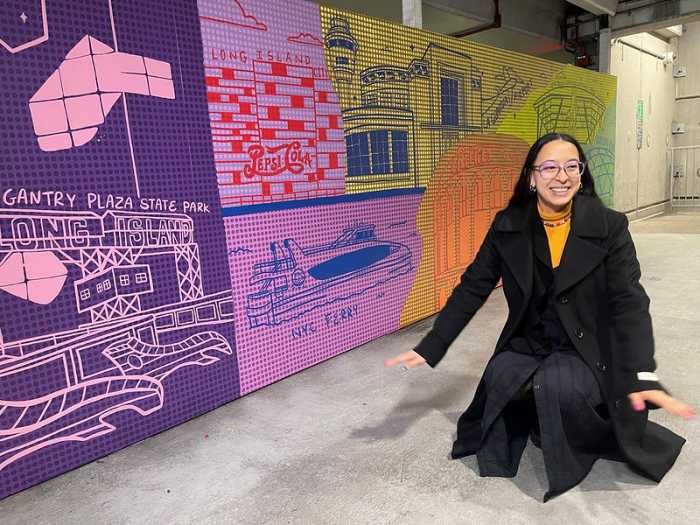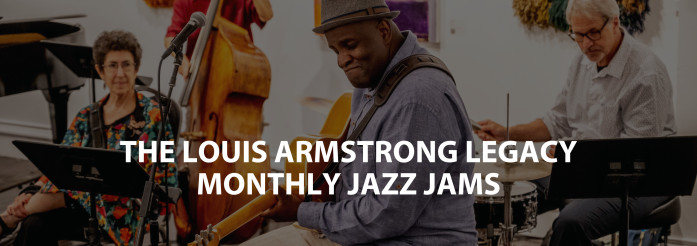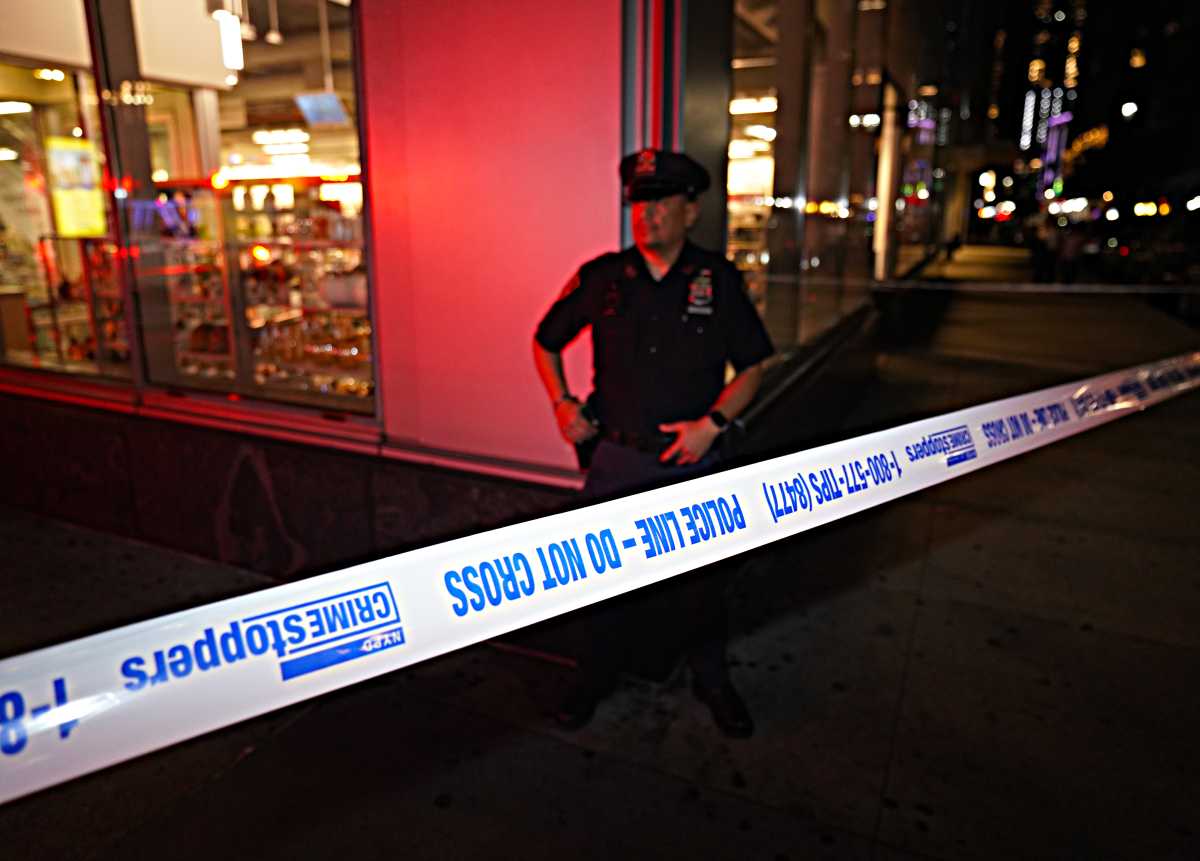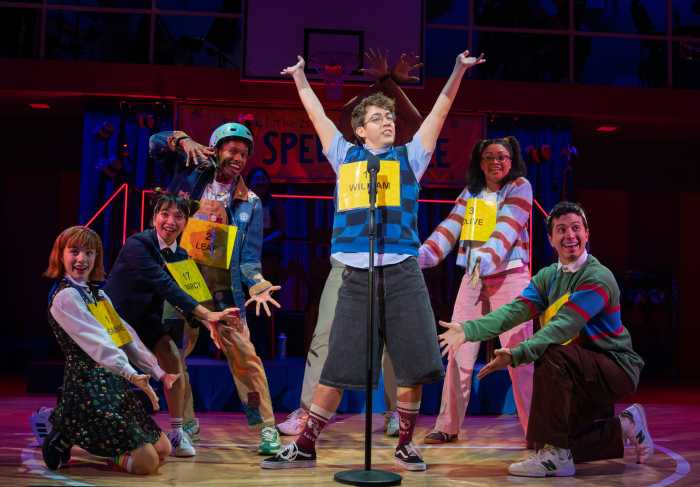BY JILL SERJEANT AND ALICIA POWELL
Television can fake it, movie audiences can wear masks, but a live theatre performance like “Romeo and Juliet” needs real actors kissing and fighting rivals in front of real people.
Theatre, especially large-scale musicals and romantic dramas on Broadway and in London’s West End, faces unique challenges in coming back during the coronavirus outbreak even as shutdowns and restrictions are beginning to ease around the world.
Expensive, risky and involving scores of people backstage and in audience areas, live theatre may be the last to bring up the curtain again, producers and actors say, and even then it will not be the same for some time.
“We are living real-life stories in real time, in cramped quarters, sometimes on small stages, sometimes with lots of people and figuring how to do that work in the age of COVID-19 is really the challenge that we are up against,” said Mary McColl, executive director of the actors union Equity in the United States.
“When we cry, there are tears, sometimes our noses run. Sometimes when we sing or are yelling, we spit and that lands on other actors, or it might land on the orchestra pit. And we are doing that eight times a week,” she said.
Broadway theatres went dark in mid-March and London’s West End followed a few days later. Almost no one expects them to reopen when the current closure period ends on June 7 and June 28 respectively.
“We are very tied to social distancing measures. As long as they are still in place, a mainstream return to theatre and musical theatre in particular looks pretty impossible,” said Jessica Koravos, president of Andrew Lloyd Webber’s Really Useful Group.
A Reuters/Ipsos poll in April found that only 27% of those questioned would go to a theatre performance when venues reopen, while 51% said live theatre should not resume at all before a vaccine is available.
However the theatre world is eager to get going before then and the to-do list goes beyond hand sanitizers in theatre foyers, seating audiences apart and disposable programs.
Creative people, creative solutions
The U.S. branch of Equity has hired an epidemiologist to come up with protocols for actors, stagehands, and costume and make-up departments. Elsewhere, people are brainstorming about what kind of plays would work best or taking theatre out of traditional spaces, including outdoors or into restaurants.
“I don’t think theatre will go away. I just think it will be different when it comes back,” said Brian Moreland, producer of upcoming Broadway shows “American Buffalo” and “Blue.”
“For a small amount of time, it will be smaller casts. Those are going to be smaller budgeted shows. The returns can be lower, the ticket prices can probably be lower,” Moreland said.
Theatres may be dark, but online rehearsals are going ahead, dancers are keeping up routines and actors are running lines on shared video platforms so they can be ready when protocols are in place for a return.
Broadway producer and investor Brisa Trinchero is among the optimists.
She said playwrights are writing new pieces that would cater to social distancing and some companies are looking to resume with one-person productions that would minimize both costs and risks to other performers.
“We are an industry of creative people,” Trinchero said.
“I think there will be an exciting resurgence of smaller performance pieces, cabaret, more intimate things that make sense financially but also allow for performers initially to be a little bit more remote and don’t require thousands of people in the audience to make the math work,” she said.
Musicals, which have large casts, musicians and backstage crews and are the most expensive to mount, are likely to be the last to come back. The Really Useful Group, producers of shows like “Cats” and the planned new London musical “Cinderella,” had to shutter 28 musicals around the world before the pandemic.
The Seoul production of “Phantom of the Opera” is back up but only due to extensive coronavirus testing and contact tracing by South Korean authorities, Koravos said.
Shows with one or two actors, or limiting theatres to 50% capacity might work for some. But for big musicals “it wouldn’t be possible commercially to survive on those audience levels,” said Koravos.
Despite the tough outlook, the theatre community is more hopeful than a month ago and convinced that the shutdowns have proved the value of human connection and live entertainment that theatre offers.
“People are now talking about what it looks like on the other side and three to four weeks ago we weren’t prepared to have this conversation,” Moreland said. “So that makes me very hopeful.”

